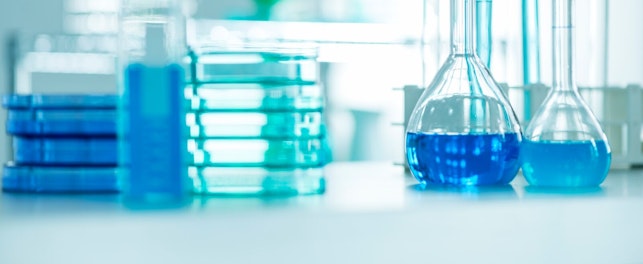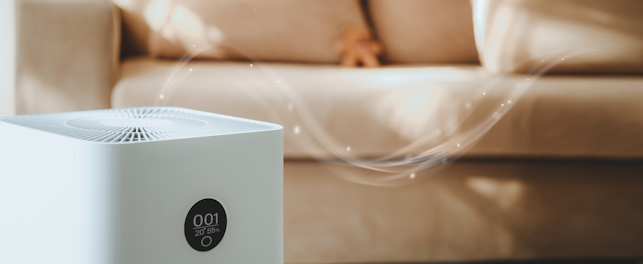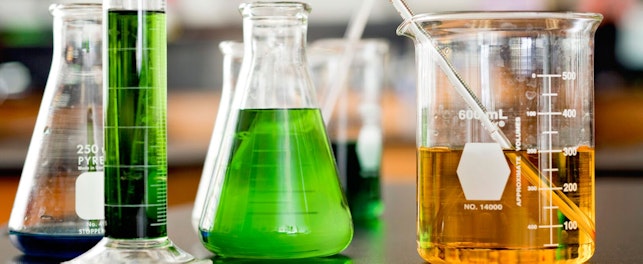Product failures can be expensive in terms of money, time and brand reputation. However, as technology advances and customer expectations rise, the risk of failure increases too.
Where safety relevant components are affected, the potential damage is greater still. Recall campaigns can do lasting damage, so it is important that problems are identified and resolved before a product gets to market.
SGS is an established partner to manufacturers around the world. We offer a range of damage and failure analysis services including failures in electronics and materials (polymers, composites and metals) and quality assurance and release testing. Reports are issued in accordance with VDI Guideline 3822.
We also offer research and development support and are actively involved in the development of new test analysis procedures and prevention.
With vast expertise across the many different analytical tests and techniques used for complex root cause analysis. Our state-of-the-art laboratories are well-equipped to conduct any or all of these tests. We will work with you to establish a bespoke schedule based on your product, budget and timeframe.
Our damage and failure analysis services include:
- Preparation, metallography, materialography (microstructure evaluation, thin cross-sections, microtome sections)
- Topography and materials diagnostics:
- Optical microscopy and digital microscopy
- Scanning electron microscopy (SEM/ESEM/HREM/EDX)
- Focused ion beam (FIB)
- Transmission electron microscopy (TEM)
- Atomic force microscopy (AFM)
- X-Ray layer thickness
- Geometrical measurements with blue light scanner and photogrammetry (GOM)
- Surface Analysis:
- Time-of-flight secondary ion mass spectroscopy (TOF-SIMS)
- Secondary ion mass spectroscopy (D-SIMS)
- X-ray excited photoelectron spectroscopy (XPS)
- Auger electron spectroscopy (AES)
- Non-destructive testing (NDT):
- Evaluation of data after 3D computerized tomography scanning
- Ultrasonic testing and scanning acoustic microscopy (SAM)
- Chemical analysis:
- Chemical material analysis (ICP-OES, ICP-MS)
- Gas chromatography (GC) with different detection (e.g. MS)
- High-performance liquid chromatography (HPLC)
- Ion chromatography (IC)
- Polymer thermal analysis:
- Infrared spectroscopy (FT-IR/ATR FT-IR/IR Microscopy)
- Thermal analysis (TGA)
- Differential scanning calorimetry (DSC)
- Vicat softening temperature
- Dynamic mechanical analysis (DMA)
- Gel permeation chromatography (GPC)
- Electronics laboratory testing:
- Network analysis, time resolved signal analysis (5GS), curve tracing
- Microohm Measurements (Dry Circuit), LCR Measurements
- Semiconductor test (Spreading Resistance-Profiling (SRP), OBIRCH)
- Halt (highly accelerated life test) and Hass (highly accelerated stress screen): the equipment undergoes thermal and mechanical tests in order to detect defaults and weaknesses of conception in electronic components or subassemblies and during the manufacturing process
- Mechanical – technological testing:
- Tensile and bending test/notch impact test
- Layer separation force
- Micro- and microhardness (e.g. shore, IRHD, Vickers, Rockwell, Brinell, Barcol, etc.)
Tests are carried out to international standards including ASTM, ISO, EN DIN, PV, IPC and many others.
Why choose SGS damage and failure analysis services?
We are the world’s leading testing and verification company, with laboratories, testers and industry experts located throughout the world. We are an established partner for damage and failure analysis services and work with manufacturers to bring their products safely and successfully to market on a global scale.
Units 303 & 305, 3/F, Building 22E,
Phase 3, Hong Kong Science Park,
Pak Shek Kok, New Territories, Hong Kong, China















